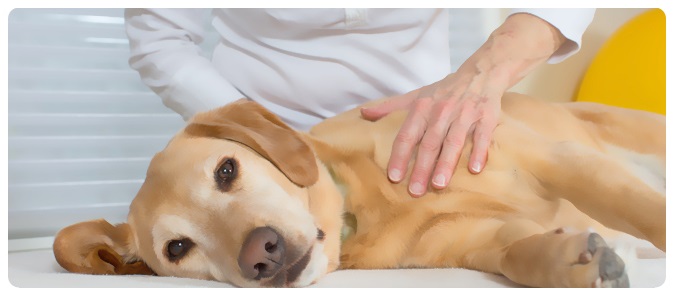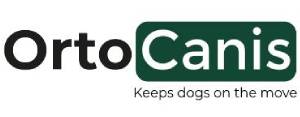Massage is a tool that can be used in a number of different ways. It can be used on a purely therapeutic level, to improve recovery from certain diseases, to improve the animal’s physical condition or even for “fun”, just for the animal’s enjoyment.
From a sporting point of view, it is used to improve the condition of the muscles, for recovery after making a considerable effort and to improve the elasticity of the tissue, the blood supply and muscle nutrition.

Main use from a therapeutic point of view
Myalgias and soft tissues: any muscle, tendon or ligament pain can be treated with a massage. Pain is always linked to muscular contraction of the corresponding muscle. In the case of a tendon injury with acute inflammation, the area where the injury is will obviously be painful, but the muscles associated with the tendon will also be painful and tense.
If the injury affects the ligament, the movement that the ligament controls will also be affected. The body detects the pain in the ligament and reduces articulation, in order to reduce the mechanical stress on the injured ligament. This reduction in mobility is due to compensatory muscle action. A good therapist should detect the affected muscles and treat them.
It is also mainly used to treat:
- Stress
- Muscle atrophy
- Contractures
- Adhesions and fibrosis
- Hypertonia
- Hypotonia
- Fluid retention and swelling
- Venous insufficiency
- Bruising
- Keloid scars
However, massage does not have to be used for therapeutic purposes. It can also be used as a tool to get to know your dog better, form a closer relationship with it, improve its natural state of being, and relax yourself as well.
Massage should always be carried out in a peaceful environment, far away from noise and distractions, where both the dog and the therapist feel comfortable. The temperature of the environment should be appropriate and the light should be dimmed. There should be a mat so that the dog is on a warm and relatively comfortable surface. This is important as the massage is not just a technique to relax the the area of the body you are working on, but the dog as a whole.
Giving a dog a thorough massage and a stretching session (especially if the dog lives in the city and does not go out as much as it should, particularly during the week), will help to keep it in shape, reduce the risk of injury and relax the animal, thus giving it a better quality of life.
Contraindications
It is important to know how massage is used, but it is also important to know when it would not be appropriate to give your dog a massage or the situations in which this contraindication is relative and only applies to a specific part of the dog.
You should not give a dog with the following symptoms or diseases a massage:
- Increased temperature or fever.
- Infectious disease.
- Local infections with pus.
- Acute sweling with increased temperature of the affected area.
- Skin disorders: ulcers, eczema, burns, tumors ...
- Cancer.
- Arterial or venous thrombosis, phlebitis.
- Diarrhea and cramping.
- Calcifications: avoid treating the injured area. However you can apply treatment to the rest of the dog.
- Wounds that have not healed.
- Areas with a lot of dermatitis.

